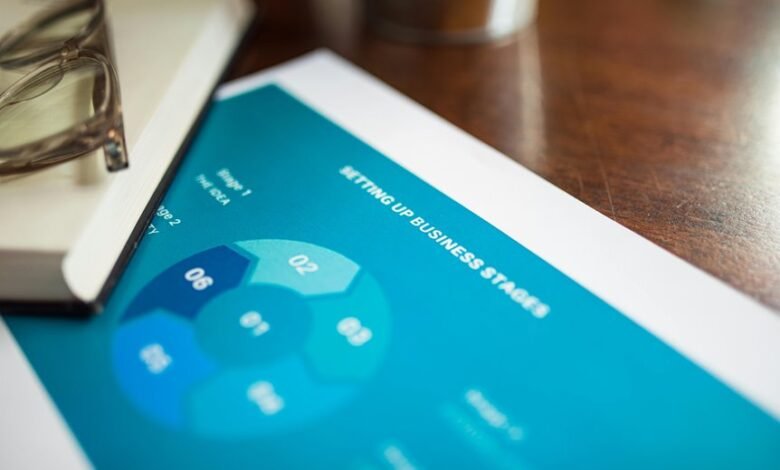Explain Three of the Seven Phases of the Impulse Purchase Cycle: Understanding the Seven Phases of the Impulse Purchase Cycle

The impulse purchase cycle comprises seven distinct phases that shape consumer behavior. Awareness serves as the entry point, where consumers first encounter a product. This is followed by Consideration, where emotional triggers play a pivotal role in influencing decisions. The subsequent phase, Decision, marks a critical moment as consumers weigh their options. Understanding these phases reveals the intricate dynamics at play, suggesting deeper implications for marketing strategies and consumer engagement. What influences the transition between these stages?
Awareness
Awareness serves as the initial stage in the impulse purchase cycle, where consumers first encounter a product or promotional offer.
Effective awareness strategies and campaigns are critical in capturing attention, utilizing various media channels to engage potential buyers.
These initiatives aim to inform consumers about new products or promotions, paving the way for subsequent stages of interest and consideration, ultimately influencing purchasing decisions.
Consideration
In the consideration phase of the impulse purchase cycle, emotional triggers play a critical role in influencing consumer behavior.
Factors such as social context, time constraints, and marketing cues significantly impact the decision-making process, shaping how individuals evaluate potential purchases.
Understanding these elements is essential for identifying the motivations behind impulsive buying behavior.
Emotional Triggers and Impulse
While consumers often believe their purchasing decisions are driven by rational assessment, emotional triggers play a pivotal role in the impulse purchase cycle.
An emotional connection to products can significantly enhance the likelihood of impulse buying, as feelings of nostalgia, joy, or desire can override logical considerations.
Understanding these emotional influences is crucial for both marketers and consumers seeking to navigate their purchasing behaviors effectively.
Influencing Factors and Context
Although various factors influence consumer behavior, the context in which a purchase occurs often plays a critical role in determining whether impulse buying takes place.
Consumer psychology reveals that environmental cues, such as store layout and promotional displays, significantly affect purchasing decisions.
Effective marketing strategies leverage these contextual elements to stimulate urges, ultimately enhancing the likelihood of impulse purchases among consumers.
Emotional Trigger
Emotional triggers serve as powerful catalysts in the impulse purchase cycle, influencing consumer behavior in profound ways.
They foster emotional connections that enhance impulse motivation, driving individuals to make unplanned purchases. These triggers can range from nostalgia to excitement, effectively creating a sense of urgency or fulfillment.
Understanding these emotional dynamics is crucial for marketers aiming to tap into the consumer’s subconscious desires.
Urgency
Urgency plays a critical role in the impulse purchase cycle by leveraging time-sensitive offers that compel consumers to act quickly.
This phenomenon often invokes a fear of missing out (FOMO), which can significantly enhance the likelihood of an immediate purchase decision.
Analyzing the effectiveness of these strategies reveals their impact on consumer behavior and purchasing patterns.
Creating Time-Sensitive Offers
How can businesses effectively leverage time-sensitive offers to drive impulse purchases?
By implementing limited time promotions and scarcity tactics, companies create a sense of urgency that encourages quick decision-making.
These strategies highlight the benefits of immediate action, prompting consumers to fear losing out on exclusive deals.
Consequently, well-crafted time-sensitive offers can significantly enhance impulse buying behaviors, boosting overall sales performance.
Fear of Missing Out
The concept of Fear of Missing Out (FOMO) plays a significant role in driving consumer behavior, particularly in the context of impulse purchases.
FOMO marketing strategies leverage social media influence to create urgency, prompting consumers to act quickly to avoid missing exclusive deals.
This psychological trigger aligns with the innate desire for connection and opportunity, ultimately increasing the likelihood of impulse buying.
Decision
During the decision phase of the impulse purchase cycle, consumers engage in a rapid evaluation process that weighs immediate gratification against the potential consequences of their choices.
Influenced by consumer psychology, individuals often experience decision fatigue, leading to impulsive selections.
This phase reflects a tension between desire and rationality, ultimately shaping the likelihood of an impulse buy amidst competing influences and emotional triggers.
Purchase
Once the decision to purchase is made, consumers transition into the purchase phase, where immediate actions are taken to acquire the desired item.
This phase involves evaluating various purchase options, influenced by underlying purchase motivations such as urgency, novelty, or emotional satisfaction.
Consumers seek efficient methods to complete transactions, reinforcing their impulse and satisfaction derived from immediate gratification in this critical stage.
Post-Purchase Reflection
How do consumers evaluate their decisions after making an impulse purchase?
Post-purchase reflection involves assessing post-purchase satisfaction, where consumers analyze their emotional responses and the utility derived from the item.
This phase significantly influences future consumer behavior, as positive reflections can enhance brand loyalty, while negative evaluations may lead to regret.
Understanding this cycle is crucial for marketers aiming to optimize consumer experiences.
Conclusion
In the intricate landscape of the impulse purchase cycle, understanding the phases of Awareness, Consideration, and Post-Purchase Reflection is paramount. These elements reveal how consumers transition from mere recognition to emotional engagement and ultimately to reflective evaluation of their choices. As the saying goes, “the proof of the pudding is in the eating”; the true test of marketing strategies lies in their ability to resonate with consumers, shaping not only immediate decisions but also long-term brand loyalty.




